Structured to create a diamond pattern, metal wires have been exquisitely woven together to form a chain link fence – named so because of its similarities to a chain. To preserve its longevity, the galvanized steel used to build this fence has been specially treated with a layer of zinc, making it completely resistant to the forces of degradation such as rust or corrosion.
Chain link fencing is a well-loved option for many homeowners, providing an effective boundary to protect gardens, yards, and other spaces that require boundaries. Furthermore, its strong and sturdy design makes it the perfect fence type to use in both industrial and residential contexts. Its easy installation process makes it an economical and great choice for creating secure environments.
To ensure the stability of a chain link fence, harness it with tie wire! It functions like an industrial-grade adhesive, pushing fabric against the fence post and maintaining its structural integrity. The right type of tie wire should be selected and used carefully for optimal security – if not, you might find yourself dealing with a fence that falls apart much too soon.
Flexible and malleable, galvanized steel that is annealed – or heated to soften – creates a soft type of tie wire. This soft variant is far more user friendly and less likely to be overly rough on chain link fabric. On the other hand, non-annealed galvanized steel forms tie wire of a harder variety, one that is more durable yet significantly more difficult to manipulate.
Choosing the correct gauge chain link fence tie wire is a vital step in ensuring your entire fence stays firmly in place while also being strong and difficult to tear apart. Generally, the gauges run from 9 to 13, the higher the gauge number, the thicker the wire. Thicker wire adds an extra layer of durability but can be a bit more challenging to work with. Compromising on either security or strength is not necessary- the right gauge will provide both.
The fence-builder’s tried and true companion, tie wire, is available in rolls of 50-foot lengths. After it is cut to size, this indispensable wire is wrapped around the posts and rails, and then the ends get bent over and twisted together to keep it firmly in place. It’s absolutely essential to ensure that the correct type and gauge of this material has been used so that the ultimate fence structure will stay firmly secured.
Related Product
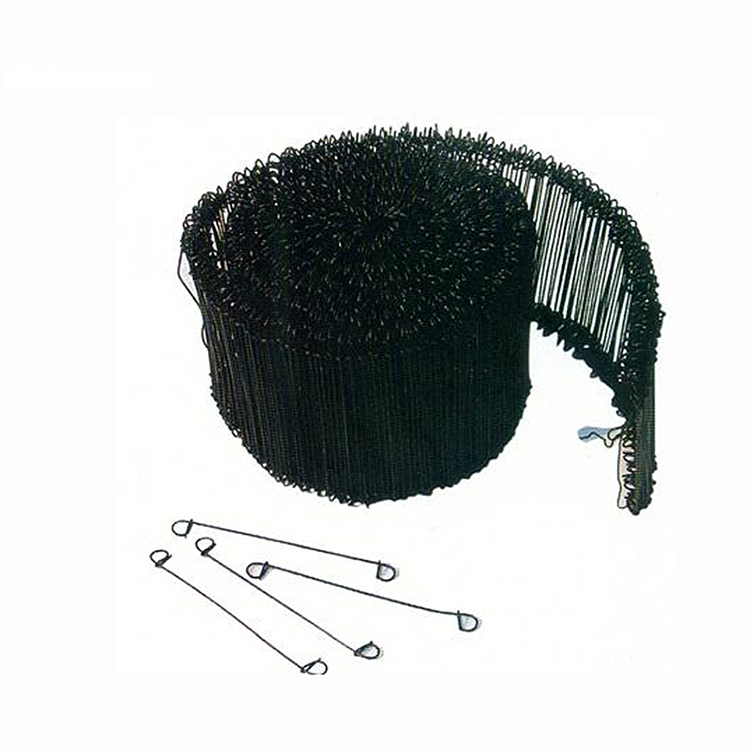
Double Loop Tie Wire
Double loop tie wire material Product Information: Wire diam. 0.5mm—2.0mm Finishes Black Annealed. Galvanized Annealed, Coppered, PVC coated, Stainless steel Wire gauge BWG6 […]
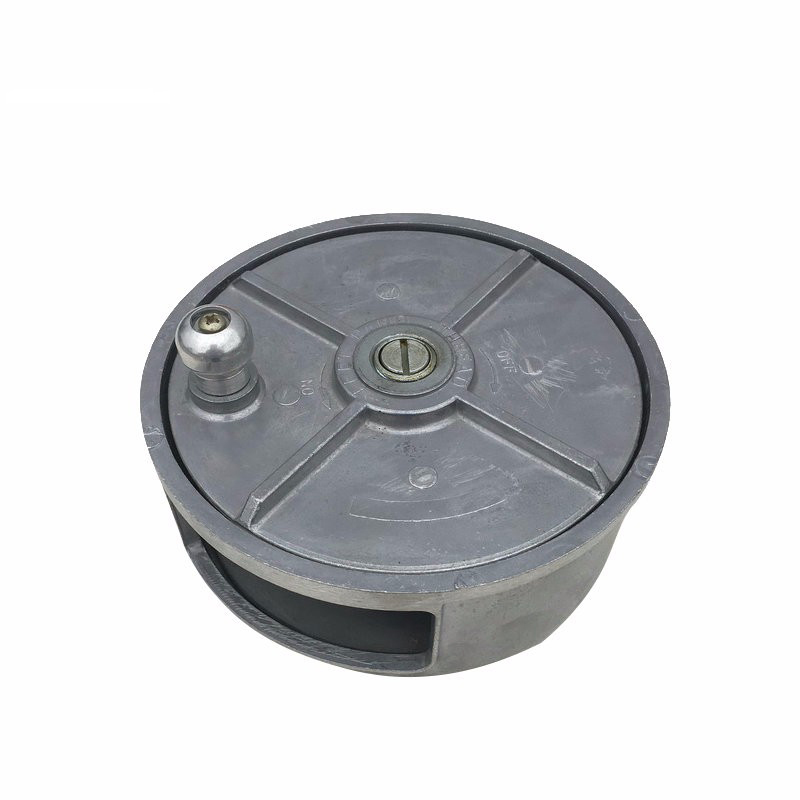
Reel Wire Tool
Product information: Specification of Aluminum Tie Wire Reel Material Plastic & Aluminum Weight 1.95LBS Application Binding Wire MOQ 1000pcs Sample Free Package 5PCS/CARTON &nb […]
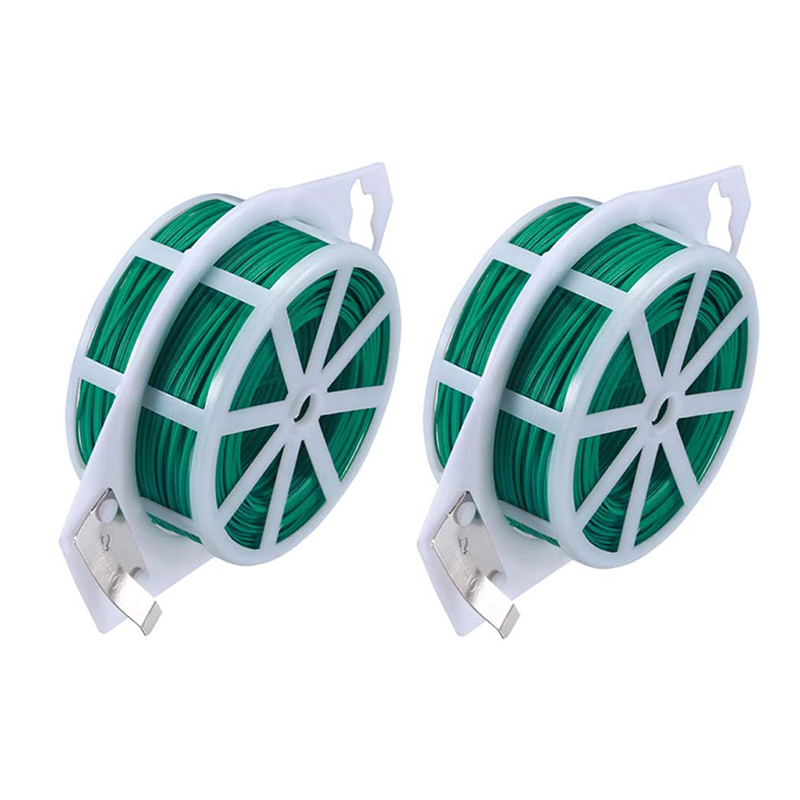
Garden Wire
Product information: The garden shingling is made of pvc plastic and high-quality galvanized iron wire, which is 3 to 4 times faster than any material, and the buckle is loose, the […]

Black Annealed Wire
Product Description: Product name Black Annealed Wire MOQ: No Material Q195,Q235 Delivery time: 20days after payment Surface annealed or as your request Payment terms: T/T,L/C We […]
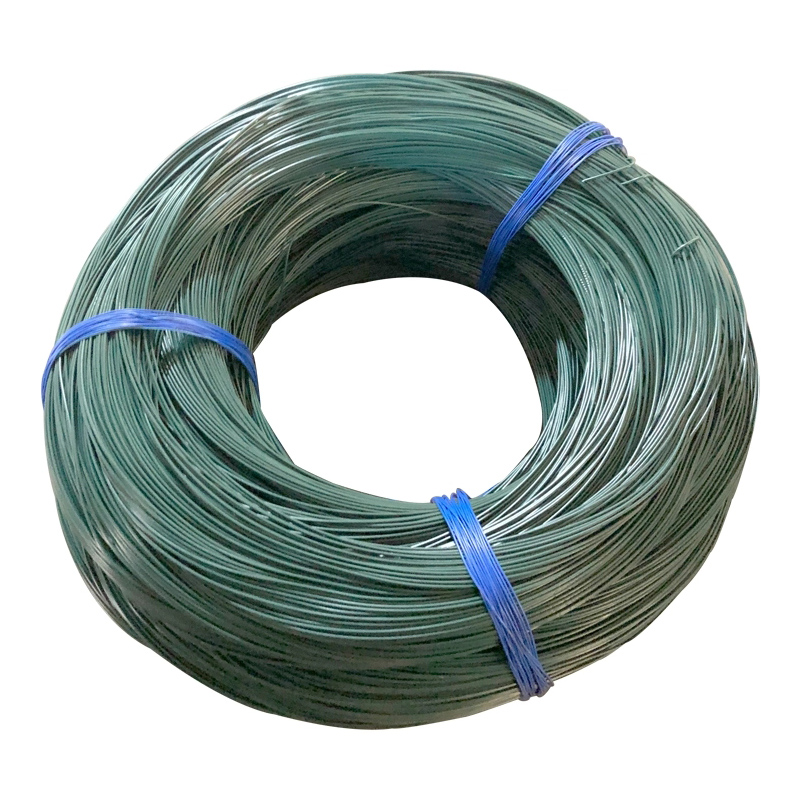
PVC Coated Wire
PVC coated wire, also called plastic coated wire, after high temperature dissolution cooled solid PVC particles uniformly wrapped in high-quality black iron wire and galvanized wi […]
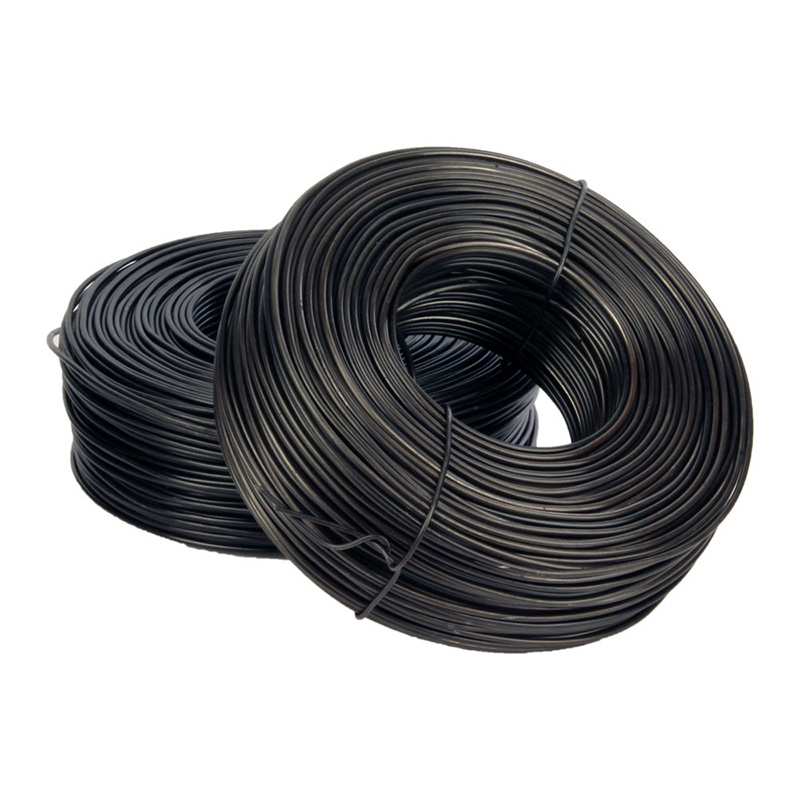
Tie Wire
Production Process of rebar tie wire : Steel rod coil — Wire Drawing — Wire Annealing–Rust Removing–Acid Washing– Boiling– Drying– Zinc Feeding– Wire Coiling. Wires Type 1.Galvaniz […]
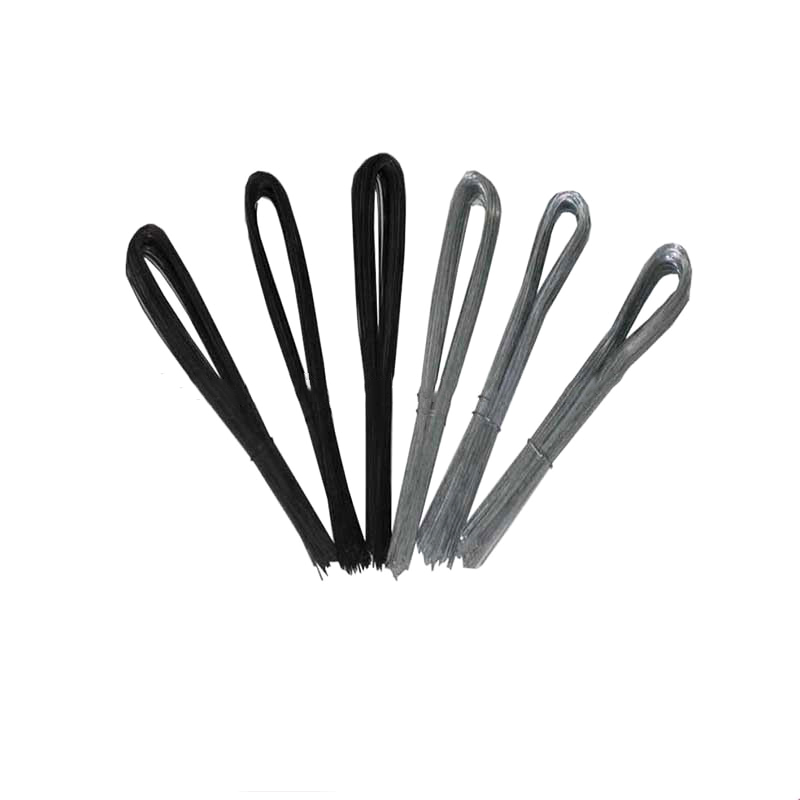
U Type Wire
Product information: Product Name Scaffolding Packing Galvanized Tie Wire Cuttings U Type Binding Wire Material Electro galvanized,hot dipped galvanized,black annealed,PVC coated W […]
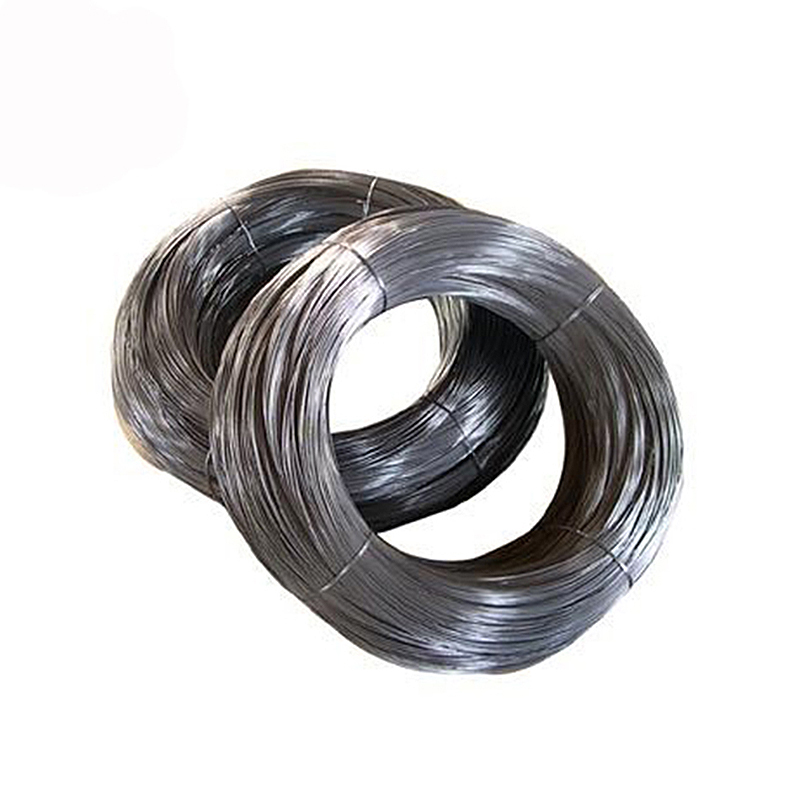
Galvanized Wire
Product information: Product Name Galvanized Wire Package 5kgs/roll, pp film inside and hassian cloth outside or pp woven bag outside 25kgs/roll, pp film inside and hassian […]

Twister Tool
Handle Twister tool,plastic handle: Weight: 0.4kg Color: Black, blue,yellow ,red etc Material: Carbon Steel Plastic Handle Wire Tie / Tying Hook Tool Twister Wooden Handle […]
Post time: 2023-06-27
